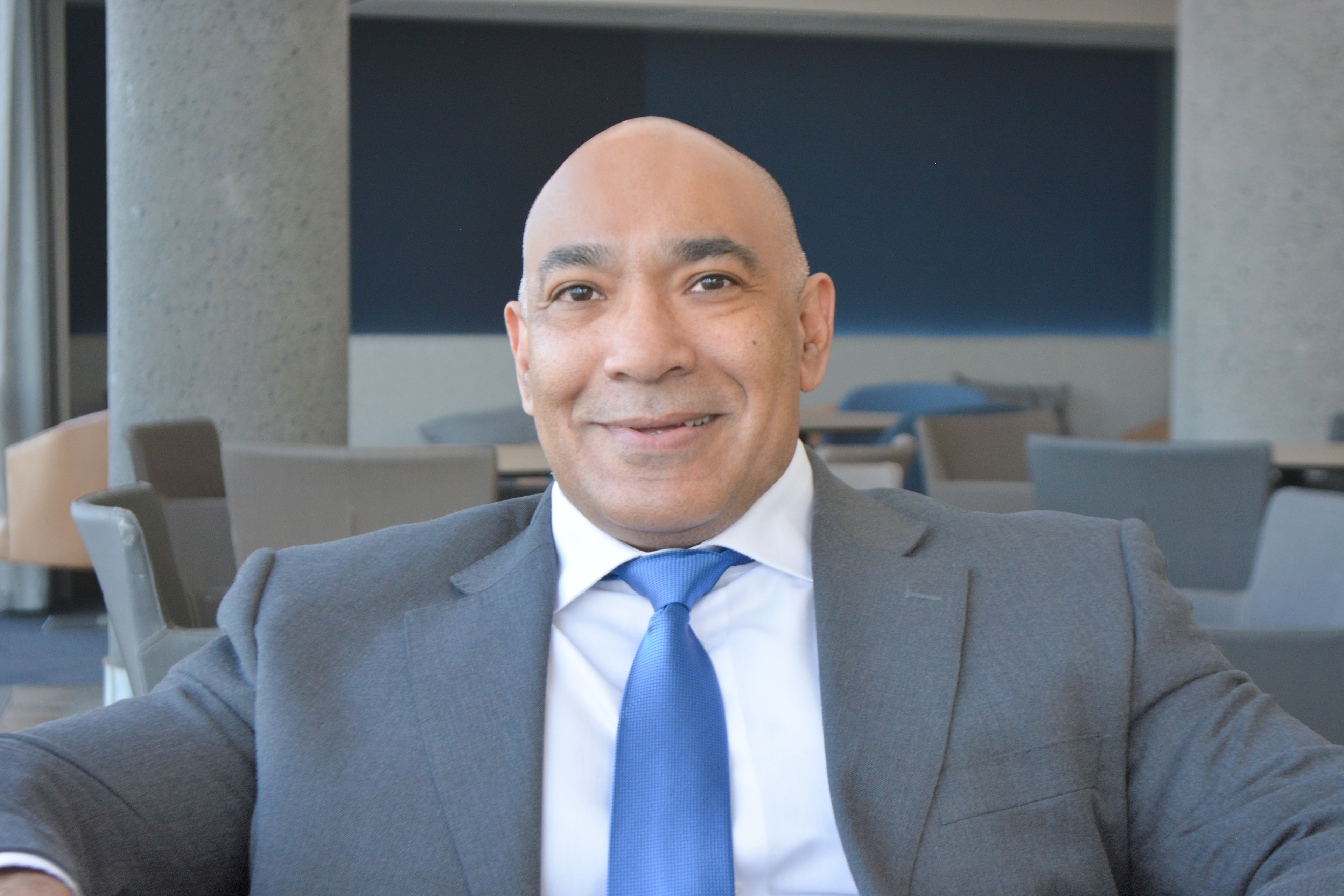Launched in March 2019, Discovery Bank is now one of the main challenger banks in South Africa.
A new approach to banking
Discovery Bank’s approach shows that securing personal financial well-being is not just the responsibility of the individual, but that banks can also play an important role in helping people achieve this aim.
It is in banks’ interest to help their customers better manage their finances – because more financially secure customers result in more financially secure banks, and a more financially secure society.
If people are more financially literate, and have worked to increase their financial resilience, this can help stabilize the banking sector and serve as a kind of insurance for society.
Improving financial – and physical – well-being
By putting a spotlight on financial well-being and, crucially, by offering a digital-first way for its customers to achieve this, Discovery Bank is offering a pioneering example to the broader financial sector of how to develop greater financial health while boosting customer satisfaction levels.
The bank’s personalization of products and services, and the availability of numerous incentives and rewards through its Vitality Money platform, presents customers with an alternative way to bank in today’s transformative age.
Discovery Bank’s vision to motivate customers to bank healthier is an important step in the financial sector’s recognition of the role it can play in improving people’s financial well-being – and that of the economy as a whole. What Discovery Bank has created could just be the start of a whole new way of banking.
Thank you to Jérôme Frey (Discovery Bank), and Gary Sandham and Darrel Orsmond (SAP Africa) for their help with this case study.







